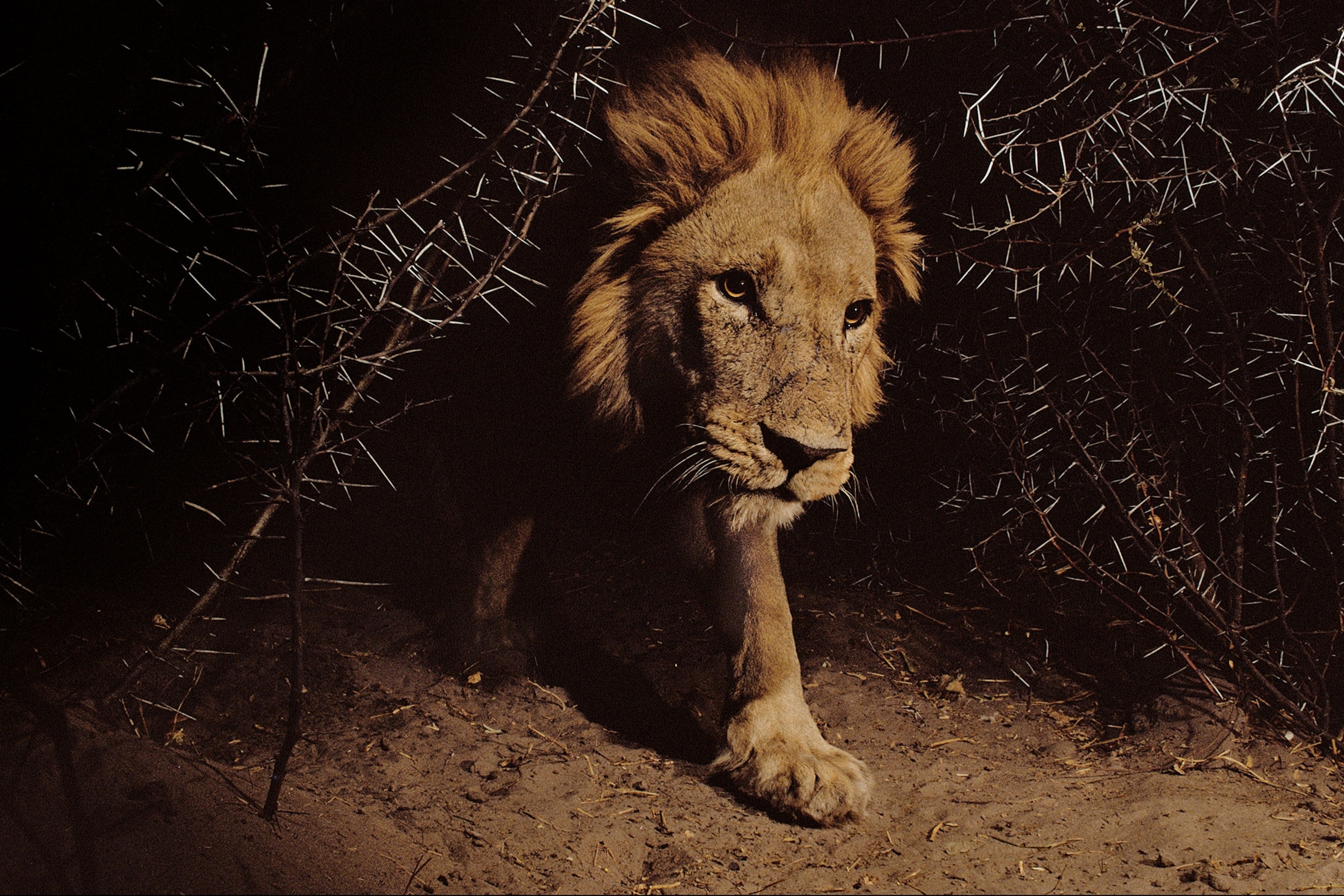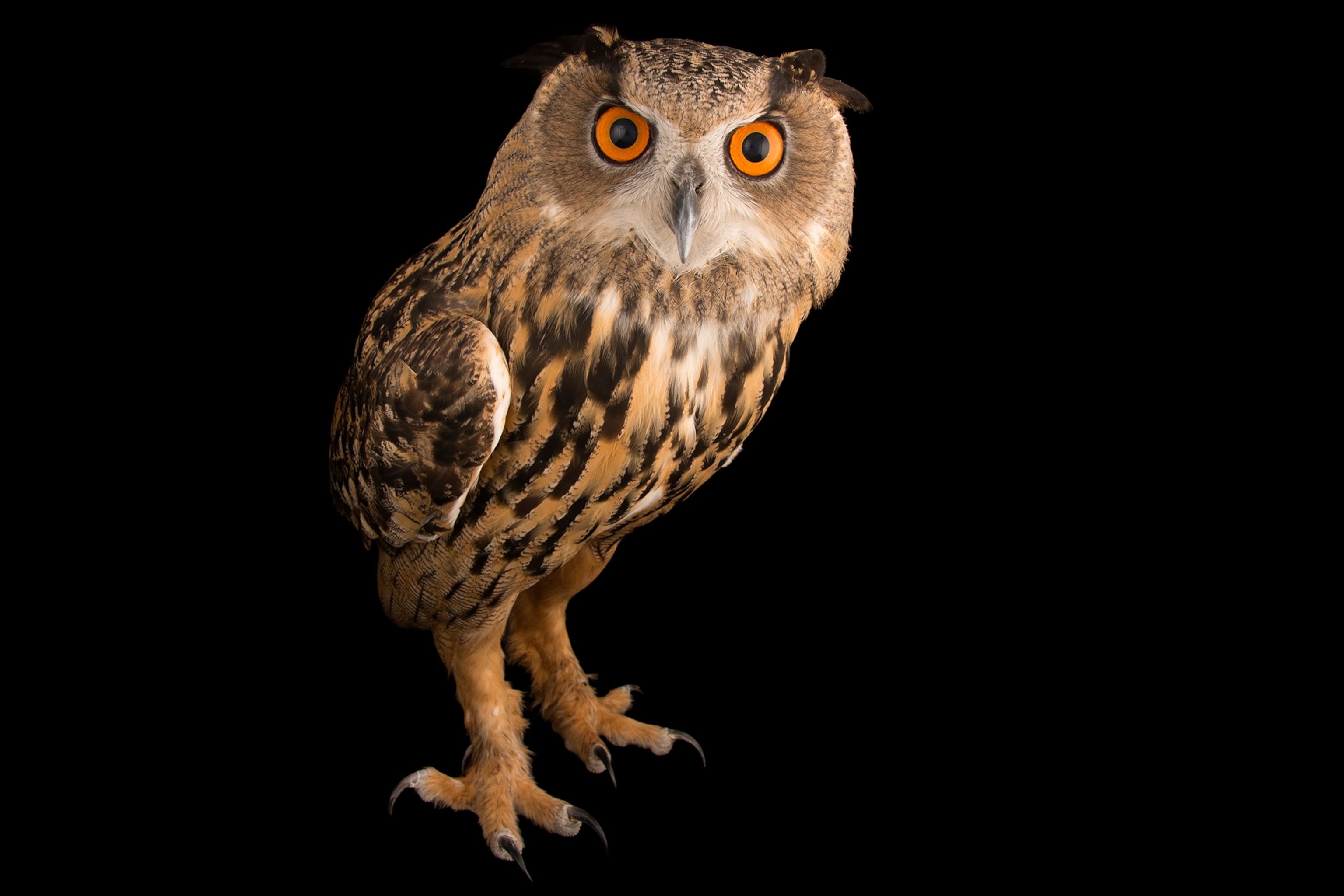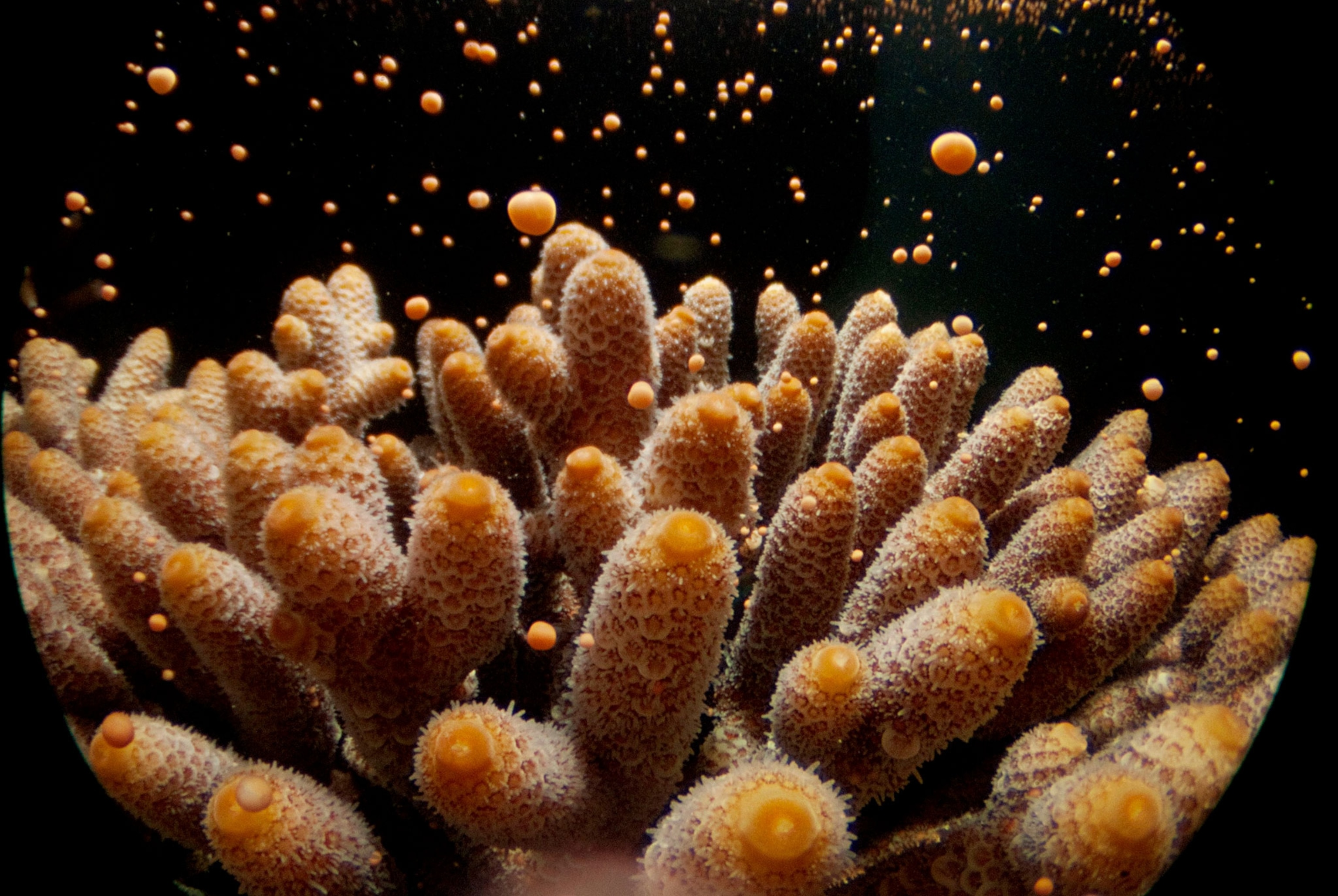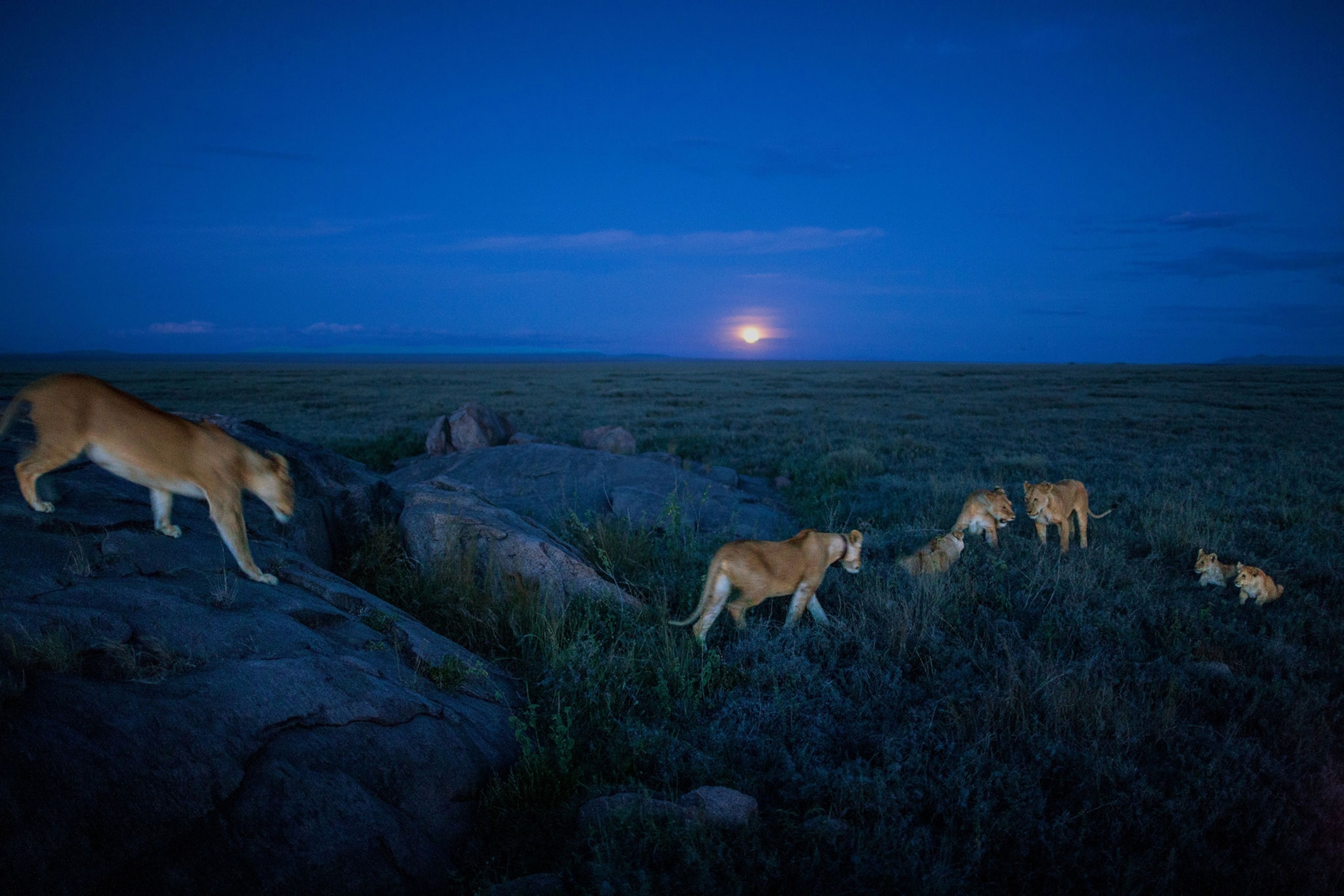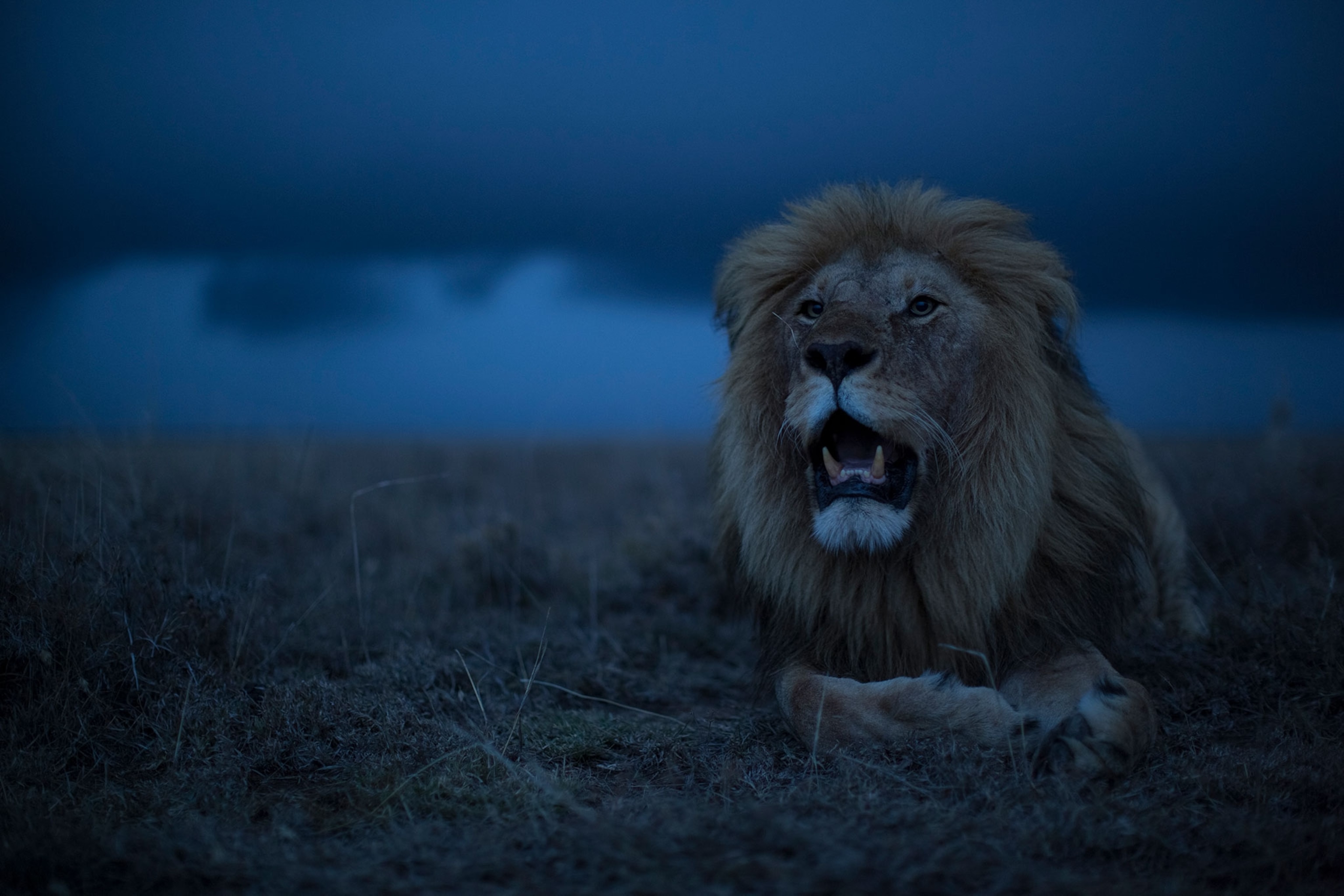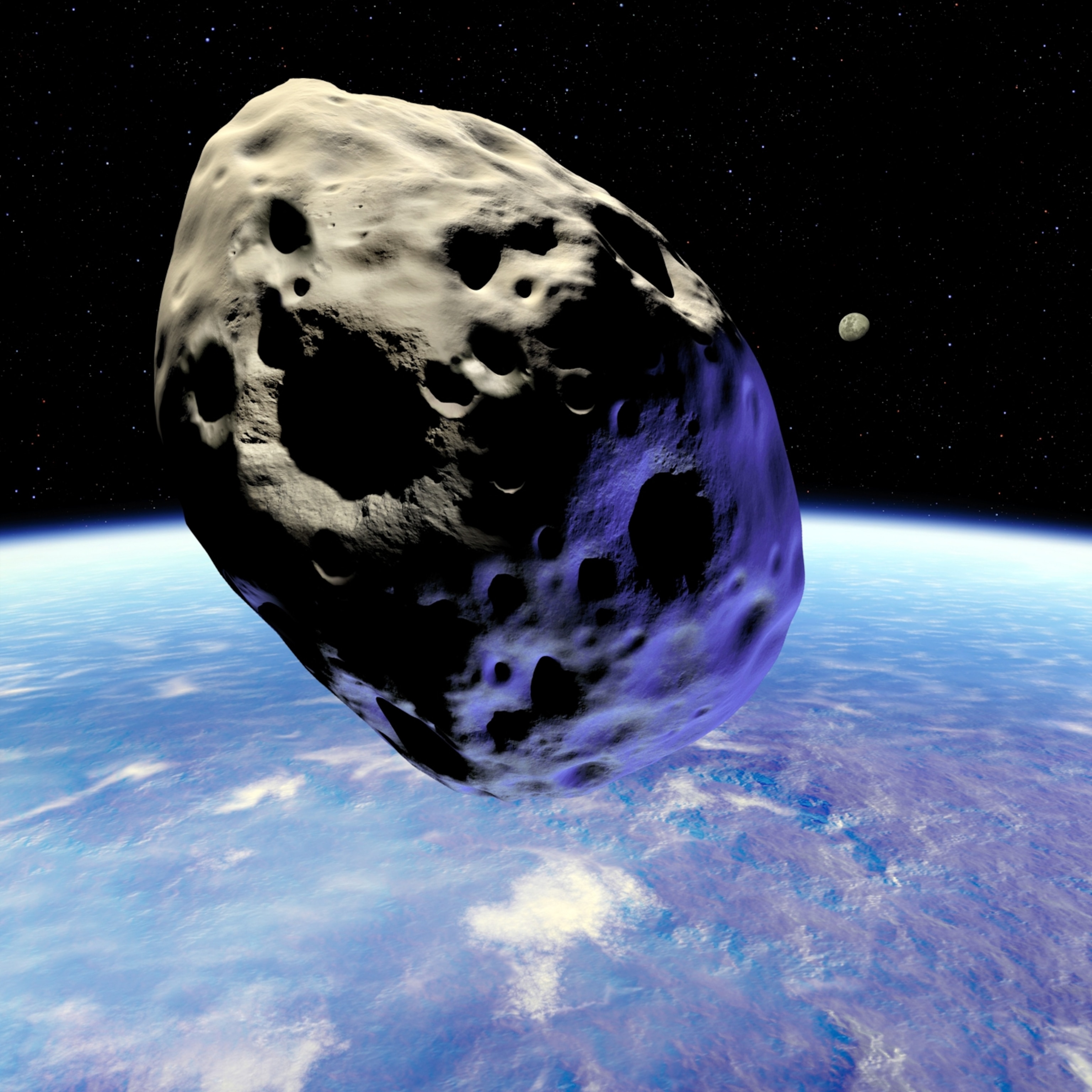Sex, Death, and Pollination: How the Moon Changes Life on Earth
National Geographic's TV special Earth Live will film wildlife using only moonlight—but animals have relied on the moon’s glow for eons.
With cinematographers and 52 cameras spanning six continents, the upcoming National Geographic television special Earth Live promises to give viewers an unprecedented glimpse into the natural world.
July 9 is also auspicious for celestial reasons: It’s the longest day of the year with a full moon. This stretch of lunar brilliance will allow filmmakers to capture wildlife in full color using only moonlight, thanks to new low-light camera technology that National Geographic will deploy in the U.S., Ethiopia, and Kenya, three of the 16 countries where Earth Live will film.
Beyond mere illumination, moonlight has a major effect on Earth’s plants and animals, from when babies hatch to when predators go on the hunt. Here are some of the most incredible examples of how life uses moonlight to survive and thrive. (See National Geographic’s favorite moon photos.)
The Ultimate Mood Lighting
Coastal ecosystems the world over have adapted to—and rely on—lunar tides, which ebb and flow as a result of a three-body dance between the rotating Earth, the sun’s gravitational field, and the moon’s gravitational field.
The periodic rise and fall of water every 12.4 hours plays a vital role in these environments, giving rise to a vibrant, uniquely adapted array of intertidal organisms. But beyond the tides, many species in water and on land also make use of the moon’s evocative glow.
Most of all, evolution seems fond of using moonlight as mood lighting: Many species of all shapes and sizes use the moon’s ghostly irradiance, and its 29.5-day waxing and waning, to cue various phases of reproduction.
Nowhere is this process more stark than Australia’s Great Barrier Reef. On a spring evening after a full moon, more than a hundred species of the reef’s corals emit eggs and sperm into the water—a mass spawning event timed to the moonlight’s arrival. Similar spectacles grace the reefs of Hawaii, Okinawa, and the Caribbean.
A 2007 study of the coral species Acropora millepora shed light on how the corals do it: The animals possess a light-detecting protein called CRY2 that’s exceptionally sensitive to moonlight’s characteristic blue wavelengths. CRY2, along with the protein CRY1, are widely used among animals to help calibrate their internal biochemical clocks. (Find out more about circadian rhythms.)
While other cues such as day length and ocean temperature appear to signal the corals to prepare, moonlight acts as the crucial trigger—telling the corals to let loose clouds of millions of eggs and sperm.
"It's just magical," said Bill Leggat, a James Cook University biologist who has studied A. millepora’s CRY2, in a previous interview. "To just sit in front of an individual coral and watch the pink sperm bundles get slowly pushed out of the corals' mouth and float away—it's incredible to watch."
The Moon as Timekeeper
Corals are hardly the only animals that keep watch for the moon, as Tel Aviv University biologist Noga Kronfeld-Schor and her colleagues point out in a 2013 review on moonlight and its effects on life’s timekeeping.
The crab Sesarma haematocheir, for instance, lives in the mountains of the Japanese island of Honshu. During new or full moons in the spring, however, the crustaceans amble down the mountainside to release their offspring into the sea—a moonlight-calibrated move that coincides with the tides.
Among birds, whip-poor-will nestlings hatch from their eggs during the new moon. One 1986 study suggests that this extra light boosts the parent whip-poor-wills’ foraging ability, ensuring the maximum possible food supply for the hatchlings during their crucial first two weeks.
Even plants may get into the act. Unlike many of its sister species, the Mediterranean plant Ephedra foeminea doesn’t surrender its pollen to the wind. Instead, the plant makes sugary drops of liquid that absorb pollen from visiting insects—but how do the insects find their way to the plant?
The answer, two researchers recently suggested, lies in E. foeminea’s impeccable timing. After years of frustration, Stockholm University professor Catarina Rydin and her student Kristina Bolinder realized that E. foeminea times the secretion of its pollination drops to July’s full moon. The moon overhead makes the drops “glitter like diamonds in the full moonlight,” the pair reported in a 2015 study published in Biology Letters, perhaps offering pollinators an eye-catching stimulus. (Read more about the study and see pictures of the plant.)
Study of E. foeminea is hardly over; at least one researcher has called for more data on the moonlight correlation. But Rydin remains stunned at the possibility that E. foeminea uses the moon as its guide—and the fact that she and Bolinder found the connection at all.
“We came across these results by complete chance,” she says by email.
Dining by Moonlight
It may not come as a surprise, but moonlight also plays a major role in the relationships between predators and prey—but the situation is more complex than you might first expect.
On the one hand, full moons throw extra light onto the landscape, making it easier for some predators to spot, hunt down, and gobble up their prey. Numerous studies make it clear that rodents in particular can’t catch a break: Snowshoe hares face seasonal rises and falls in predation risk thanks to moonlight intensity, and short-eared owls more effectively hunt deermice as moonlight brightens.
This predation pressure, however, has also given prey a steep incentive to hide during bright nights. As a result, many prey—including the aforementioned rodents—dramatically reduce their nighttime activity as the moon brightens.
For some predators such as bats, this can mean that moon cycles don’t always dictate predation success. In others, it can mean that full moons are harbingers of scarcity, all else being equal. In fact, one 1984 study found that lions living in Uganda’s Queen Elizabeth National Park were less successful hunters when moonlight was bright, likely as a result of prey’s increased skittishness.
“Lions can be negatively affected whilst hunting during the full moon,” says wildlife cinematographer Sophie Darlington, who will be filming lions in Kenya’s Masai Mara National Reserve for Earth Live.
“Prey can spot them so much more easily [if not cloudy],” Darlington says by email, “and so, in our experience, tend to be more strategic, with teamwork playing a bigger role.”
Finding One’s Way
Not only do nocturnal species rely on moonlight to illuminate their habitats; some even use the moon itself to orient their travels.
The large yellow underwing moth, for instance, can use the moon’s azimuth (or horizontal bearing) to help orient its flight—a skill that other creatures, such as sand fleas, also employ to great effect.
Similarly, newly hatched sea turtles rely on moonlight reflecting off the ocean surface to orient themselves as they walk across beaches toward the sea. (Artificial lighting can disorient sea turtles—find out more.)
Other animals navigate by moonlight in subtler ways. The African dung beetle Scarabaeus zambesianus forages for fresh dung at sunset—and once it starts rolling a dung ball, it makes off in a straight line, in an effort to escape competitors. As the sun sets, the beetle orients its route to patterns of polarized light generated as small atmospheric particles scatter incoming sunlight.
Remarkably, a 2003 study demonstrated that African dung beetles can also use polarized moonlight as a compass, even though the effect with moonlight is a million times dimmer than it is with sunlight.
The discovery was the first of its kind—and another of the many striking demonstrations of how the moon influences life on Earth.
Dave Hansford contributed reporting.
